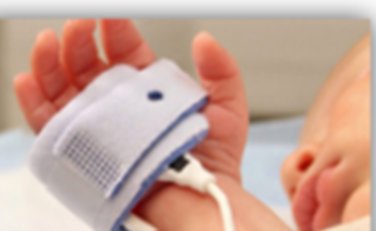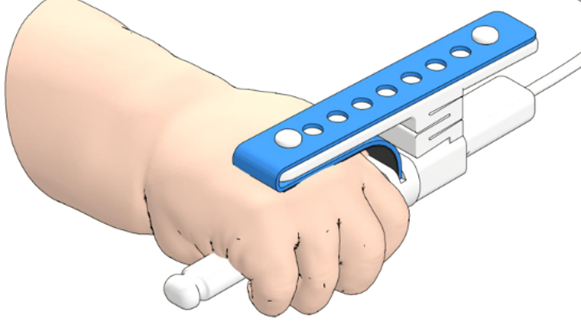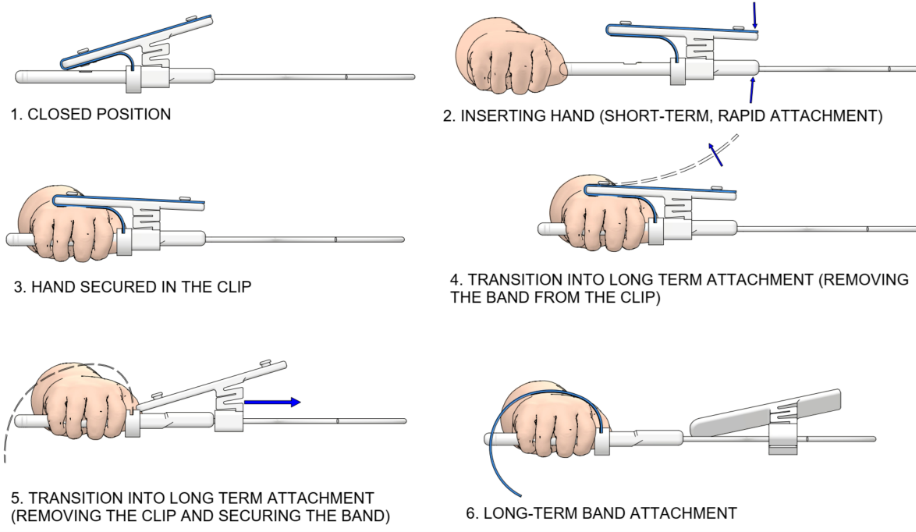Problem statement
It has been estimated that 10% of infants born in the United States require assistance establishing effective ventilation after birth and ~1% require more extensive resuscitation. The U.S. preterm birth rate has been estimated at ~10%, the global preterm birthrate at ~11%, with disproportionate burdens of prematurity and infant morbidity and mortality falling on historically underprivileged populations. Accurate monitoring of oxygen saturation during neonatal care is vital to prevent complications from both excessive and insufficient oxygen levels, such as retinopathy of prematurity and bronchopulmonary dysplasia, or increased mortality and neurodevelopmental impairment. While pulse oximetry, ECG, and temperature monitoring are established practices during neonatal care, current devices can be unwieldy, requiring troubleshooting and wasting precious time due to difficulties like opening clenched neonatal fists, adhesive issues on wet skin, and complex application procedures.
Solution
Developed by engineers and clinicians from the University of Texas at Austin, the “Palm Reader” addresses the challenges commonly faced during the application of pulse oximeters in neonatal care.  The “Palm Reader” provides a rapid and accurate one-handed attachment of neonatal pulse oximeters to a closed fist without the use of adhesives. In resuscitation situations this will facilitate rapid responses to clinical status changes and careful oxygen titration. In the nursery setting it will facilitate CCHD screening on every newborn before they are discharged from the hospital. In addition to measuring blood oxygen saturation, the “Palm Reader” also incorporates ECG and temperature monitoring capabilities.
The “Palm Reader” provides a rapid and accurate one-handed attachment of neonatal pulse oximeters to a closed fist without the use of adhesives. In resuscitation situations this will facilitate rapid responses to clinical status changes and careful oxygen titration. In the nursery setting it will facilitate CCHD screening on every newborn before they are discharged from the hospital. In addition to measuring blood oxygen saturation, the “Palm Reader” also incorporates ECG and temperature monitoring capabilities.
Key aspects of “Palm Reader”

- Rapid attachment: It provides faster attachment than the gold standard (adhesive). A flexible rounded post (rod) can be inserted into a clenched fist.
- Convertible clip-to-strap design: A removable clip lets the device convert from short-term rapid attachment (with clip) to long-term attachment (with an elastic band) without detaching the device.
- Skin friendly: It does not use adhesive or abrasive material and is equipped with low-force flexible clip.
- Compatibility: It is compatible with existing optical and electronic emitters and detectors and is compatible with existing monitors.
- Multifunctionality: It measures hemoglobin oxygen saturation, heart rate, ECG, and temperature simultaneously.

Stage of development
A PCT patent application was submitted in August 2023, and fully functional prototypes have been successfully manufactured. With an approved IRB application, the next steps include manufacturing a minimum viable product and conducting a study to test the functionality and effectiveness of this device in stable infants.

